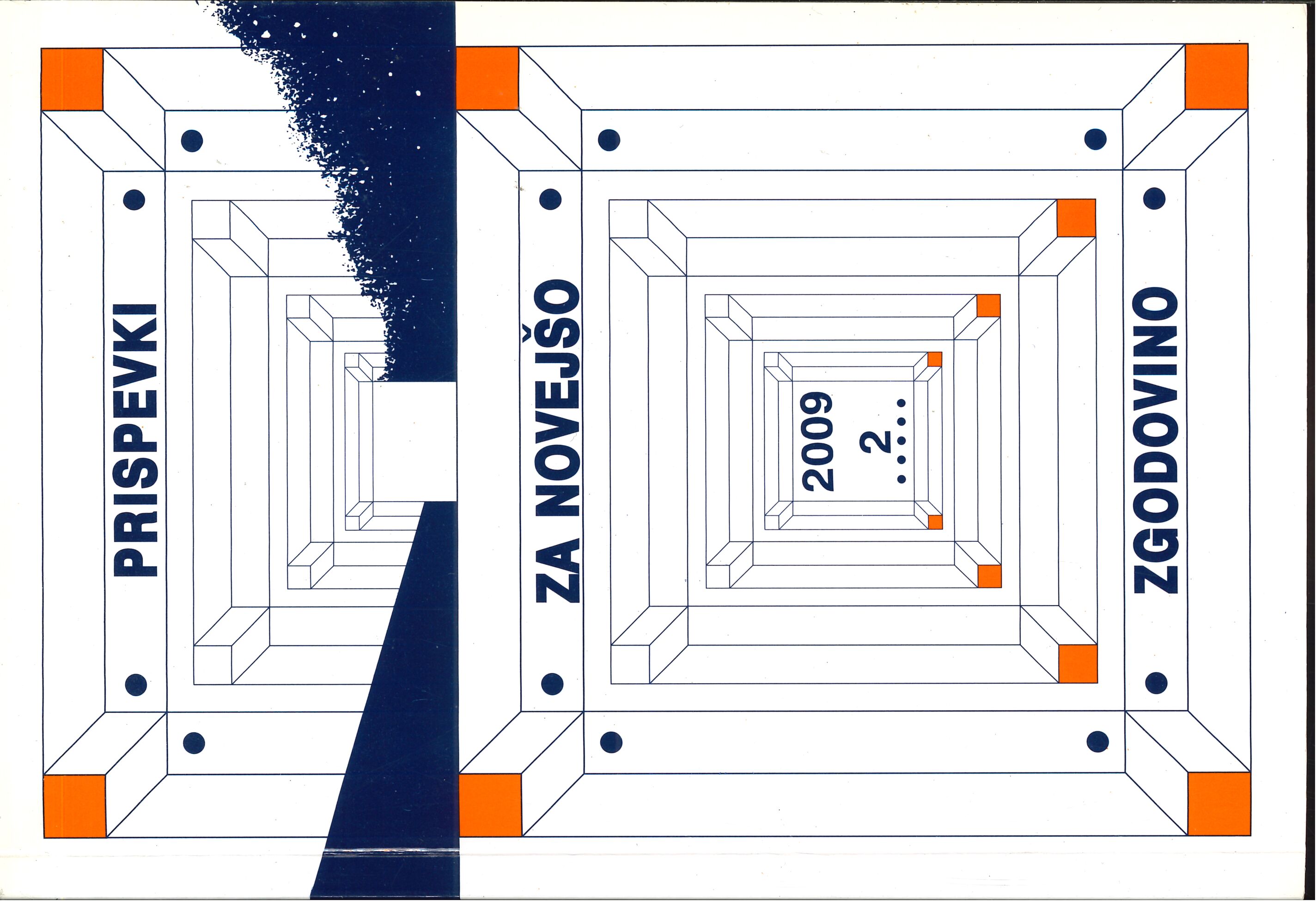Kosovo and Slovenia - Comperativ Analysis ofDemographical Transition
Keywords:
Republic of Slovenia, Republic of Kosovo, population, demography, 20th Century, fertility, mortality, infant mortality, masculinity, womenAbstract
In the following article the author compares the demographic development in the Republic of Slovenia and the Republic of Kosovo in the last few decades. The author's main intention is to underline the important differences and reasons for a very different process of the demographic transition in both environments under consideration. While the demographic transition in the Republic of Slovenia concluded in the end of the previous century, in the Republic of Kosovo it was suspended at its initial stage. Today the Republic of Slovenia faces the "post-transition" circumstances with its characteristic significantly altered relations between the generations, while the Republic of Kosovo is in the very middle of the transition. Its current demographic data indicates it is facing completely new challenges, related to the looming radical changes (also) in the fertility behaviour of the population.
Downloads
Published
Issue
Section
License
Authors who publish with this journal agree to the following terms:
- Authors retain copyright and grant the journal right of first publication with the work simultaneously licensed under a Creative Commons Attribution License that allows others to share the work with an acknowledgement of the work's authorship and initial publication in this journal.
- Authors are able to enter into separate, additional contractual arrangements for the non-exclusive distribution of the journal's published version of the work (e.g., post it to an institutional repository or publish it in a book), with an acknowledgement of its initial publication in this journal.
- Authors are permitted and encouraged to post their work online (e.g., in institutional repositories or on their website) prior to and during the submission process, as it can lead to productive exchanges, as well as earlier and greater citation of published work (See The Effect of Open Access).


